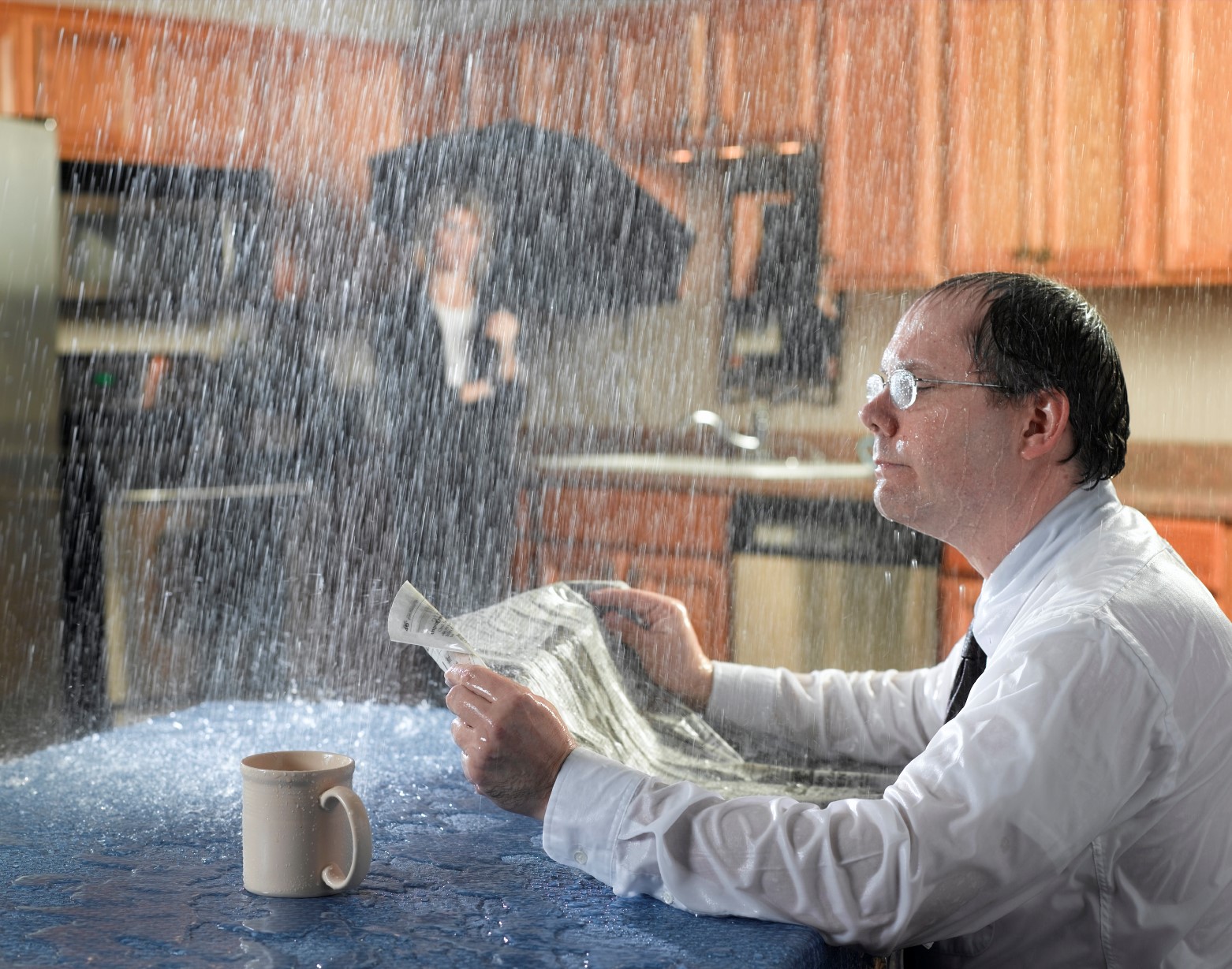6 Reasons Behind Common Water Leaks in Homes and How to Fix Them
6 Reasons Behind Common Water Leaks in Homes and How to Fix Them
Blog Article
Do you find yourself in search of help on Most Common Causes of Leaky Pipes?

Leaks not only cause waste of water yet can also trigger unneeded damages to your residence as well as promote unwanted organic development. By looking as well as understanding for daily circumstances that cause leaks, you can safeguard your home from future leaks and also unneeded damage.
Trespassing roots
Many water leaks start outside your home as opposed to inside it. If you see an abrupt decline in water stress, say in your faucet, take time to head out as well as analyze your backyard. You could notice wet spots or sinkholes in your lawn, and that might suggest that tree origins are getting into water lines creating water to seep out. You can have your plumber look for intrusion, specifically if you have trees or shrubs near your residential or commercial property.
Rusty water systems
This may be the reason of staining or bending on your water pipelines. If our plumbing system is old, take into consideration replacing the pipelines given that they are at a greater threat of corrosion than the newer models.
Faulty Pipeline Joints
The factor at which your pipelines connect is frequently the weakest link in the waterline. Pipe joints can weaken gradually, causing water leakages. However, most of pipeline joints are not quickly noticeable. If you have loud pipes that make ticking or banging noises, particularly when the hot water is activated, your pipeline joints are possibly under a lot of pressure. It is recommended to have your plumber inspect your system once a year.
Instantaneous temperature level changes.
Extreme temperature adjustments in our pipes can cause them to expand and acquire suddenly. This development and also contraction may create fractures in the pipes, specifically if the temperature are below freezing. It would certainly be best if you kept an eye on how your plumbing works. The existence of the formerly stated situations frequently shows a high threat.
Poor Water Connectors
Sometimes, a leak can be brought on by loose hose pipes and pipelines that supply your home appliances. Typically, shifting is what creates the loosened water Connections. You may find when it comes to a cleaning maker, a hose might spring a leakage due to drinking during the spin cycle. In case of a water links leak, you might discover water running directly from the supply line or pools around your appliances.
Obstructed Drains
Clogged drains pipes might be annoying as well as inconveniencing, yet they can in some cases end up triggering an overflow causing rupture pipelines. Maintain removing any type of materials that might go down your drains pipes that might obstruct them to avoid such aggravations.
All the above are causes of leakages however not all water leakages arise from plumbing leaks; some leaks might originate from roofing system leakages. All leakages need to be fixed right away to stay clear of water damages.
Leaks not only trigger waste of water yet can additionally create unnecessary damage to your home and also advertise undesirable organic growth. By looking as well as understanding for everyday situations that trigger leaks, you can secure your house from future leakages and also unnecessary damage. Today, we will look at six leak triggers that may be triggering your pipelines to drip.
At times, a leak can be triggered by loosened pipes and also pipelines that provide your appliances. In situation of a water links leakage, you might see water running straight from the supply line or pools around your home appliances.
How To Check For Water Leak In Your Home
How To Check for Leaks
The average household's leaks can account for nearly 10,000 gallons of water wasted every year and ten percent of homes have leaks that waste 90 gallons or more per day. Common types of leaks found in the home are worn toilet flappers, dripping faucets, and other leaking valves. These types of leaks are often easy to fix, requiring only a few tools and hardware that can pay for themselves in water savings. Fixing easily corrected household water leaks can save homeowners about 10 percent on their water bills.
To check for leaks in your home, you first need to determine whether you're wasting water and then identify the source of the leak. Here are some tips for finding leaks:
Take a look at your water usage during a colder month, such as January or February. If a family of four exceeds 12,000 gallons per month, there are serious leaks.
Check your water meter before and after a two-hour period when no water is being used. If the meter changes at all, you probably have a leak.
Identify toilet leaks by placing a drop of food coloring in the toilet tank. If any color shows up in the bowl after 10 minutes, you have a leak. (Be sure to flush immediately after the experiment to avoid staining the tank.)
Examine faucet gaskets and pipe fittings for any water on the outside of the pipe to check for surface leaks.
Undetected water leaks can happen without the home or business owner even realizing. If you suspect a water leak, but not able to find the source. It is time to contact a professional water leak detection service, The Leak Doctor.
How To Find a Water Leak In Your Home
https://www.leakdoctor.com/blog/How-To-Check-For-Water-Leak-In-Your-Home_AE197.html

As a keen reader on How to Find Water Leaks, I assumed sharing that article post was really useful. If you please set aside a second to distribute this write-up if you liked it. I treasure reading our article about Most Common Causes of Leaky Pipes.
Find Out More Report this page